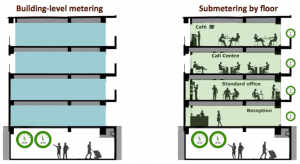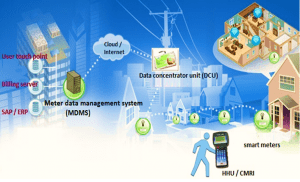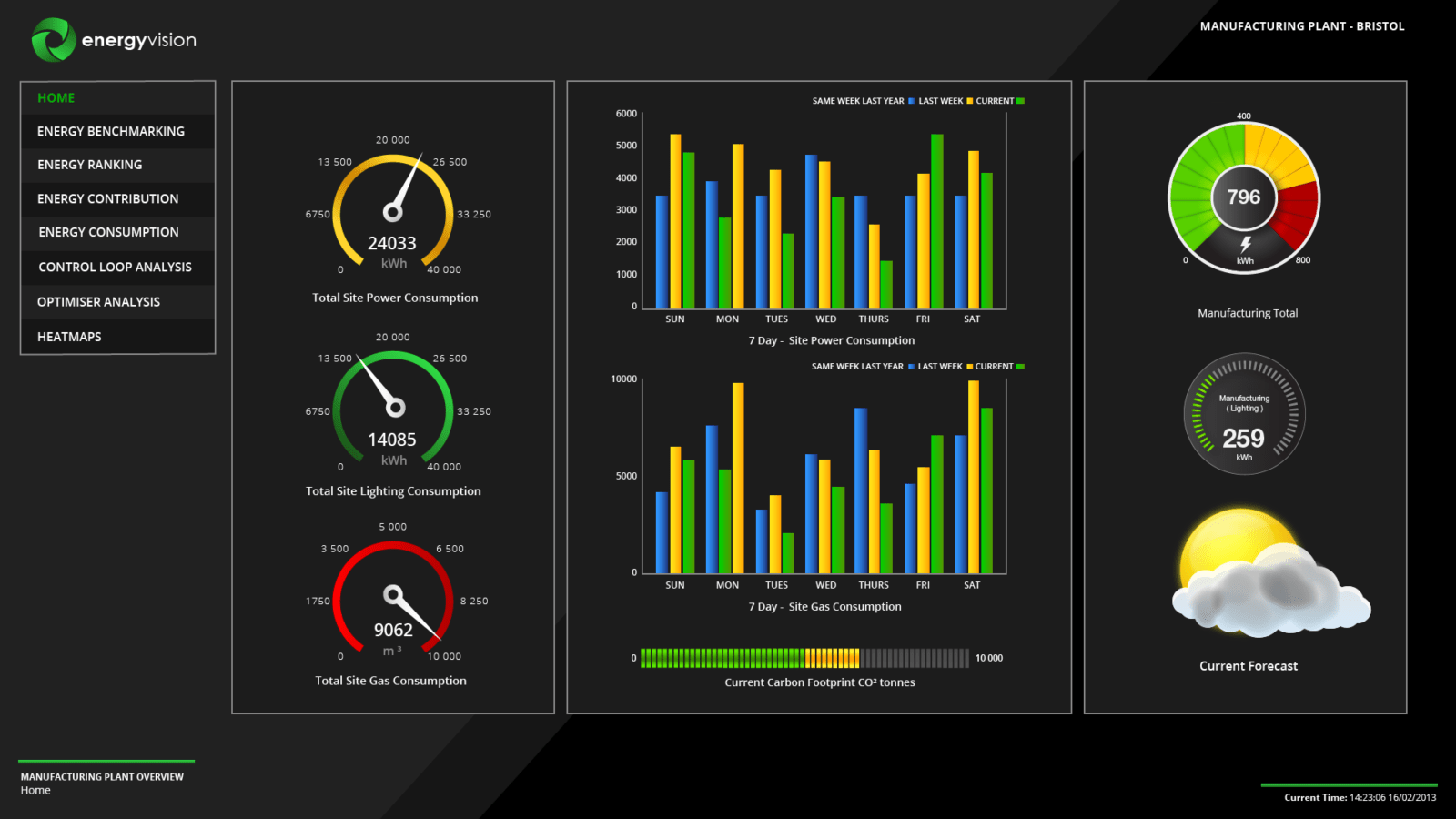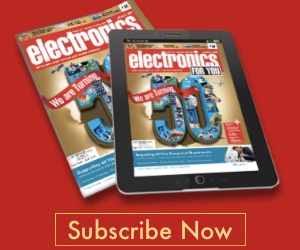“A better understanding of wireless technologies, increased emphasis on smart solutions and positive government initiatives, have turned India into a huge market for smart grid technology,” says Devavrat Kulkarni
What are smart meters?
Smart meters are remarkably different from electronic meters. While electronic meters only measure the amount of utility used (electricity, natural gas, water), a smart meter is used to measure the utility and then transmit the reading without any human intervention. Conventional smart meters upload data at least once a day so that a historical trend can be maintained. Smart meters will be used for electricity, natural gas and water. Moving forward, smart meters will help to understand consumption patterns of users and help them save money by keeping close track of their usage.
Where does India stand?
At the present moment India has 200 million legacy meters and there are plans to install up to 130 million smart meters by 2021. To top it off the government is planning to invest up to $21 billion till 2025 in smart grid technologies. The smart cities initiative is targeting 100 cities in India, out of which 20 have been declared and work for them will start in the next month or two. Also 14 smart grid pilots have been launched in cities across India, to push smart solutions in the power generation and distribution industry.
Needless to say, the Indian market is looking at a long term opportunity at smart meters and smart grid technologies. The motivation is to curb theft of electricity, control transmission and distribution losses to internationally acceptable levels, do better supply planning based on analysis of real demand data, and to monitor real impact of related initiatives. For a country with the thefts so high, that the state of Maharashtra alone reports losses to the tune of $2.6 billion, smart gird and meters is going to be a huge step towards preventing it.
Features for success
While smart metering solutions plan to make the entire process automated, there are a lot of issues that need to be addressed. The following features can almost be considered vital in any smart metering solution that is being implemented:
1. Wireless communication: Having additional wires to a smart meter, kills the entire purpose of the ‘smartness.’ The meters should be wireless in nature and should work in a mesh network. Mesh networks ensure that the even the most far away meters can report data wirelessly. However the mesh protocol must be robust, self-healing and self-forming in order to give best results.
2. Easy configuration of new meters: When old meters from a network are replaced, or new meters are installed, the network should automatically configure the meters and start fetching the data. This includes matching the operational frequency, and the firmware version. The solution should aim at making smart meters into plug-n-play devices.
3. Over-the-air (OTA) firmware upgrade: Firmware is the program on which the entire meter functions including business logic, tamper alters, and mesh network functionality. When the firmware has to be upgraded for whatever reasons, the upgrade should happen over-the-air. A person going around with a laptop and cable is counter-productive.
4. Power management algorithms: Some meters – especially water meters – are battery operated. As a result, power management strategies are important in order to extend the battery life.
5. Interoperability between different meters: In India, metering tenders are rarely given to just one provider. This means that any smart metering solution that we use might have to communicate with meters of different make and model. As a result it is important that the solution be interoperable with a different protocol.
6. Communication media: While choosing a wireless medium, the highest priority goes to range and penetration power. Meters can be installed inside buildings which means that the transmission / receiving has to happen through at least one layer of concrete. Radio frequency (RF) is the best medium to complete the constraints.
7. Size of data packet: Data packet is the collection of data which is used for request and response. A small data packet will ensure minimum energy consumption, and faster communication.
8. Events and alerts: Smart metering solutions need to have a wide variety of events and alerts like tamper detection, voltage spike and meter malfunction. These events and alerts should be reflected on the cloud application and should be notified to the correct person via email or SMS.
Customized solution for India
The sight of an Electricity board representative coming around and either writing down the electricity consumption or in more recent times, clicking a photo using a camera or phone is something that we are used to. However smart meters will change this method completely. Depending upon the requirements there will be two types of solution:
1. Data collection using a Hand Held Unit (HHU)
2. Automated data collection using a Data Concentrator Unit (DCU)
Both of these methods will be used to collect data and upload them to the cloud application for remote monitoring. The data will give accurate billing for each house.
How will the data be collected?
As previously mentioned there are two methods in order to collect data. However for both the methods to work, the meters in question will have to be smart meters. They will have to communicate in a mesh network in order to give the best possible results.
Data collection using Hand Held Unit (HHU)
A Hand Held Unit (HHU) will be used by a representative of the electricity board to collect the data of different meters. However as an improvement the person will not have to go to each house, but can rather collect the readings from a single point. The representative will configure which meters to request data from and then just click a button. The HHU will send out the appropriate requests that will travel through the mesh network. The appropriate meters will respond back and the data will reach the HHU via the mesh network.
The HHU can either have Internet connectivity to upload the data to the cloud application or can be connected to a computer for the same. The HHU need not be a dedicated hardware device, but can also be a mobile phone with a special application and a RF transmitter-receiver.

Automated data collection using Data Concentrator Unit (DCU)
A Data Concentrator Unit (DCU) is a dedicated hardware device that will fetch the data of meters and upload it to the cloud application for remote monitoring. The DCU will be fixed on a position and will broadcast the fetch requests to the meters. In order to cover meters that are out of range of the network repeaters will be used to make sure that the requests reach them, and responses are relayed back to the network.
The DCU must work without continuous Internet connectivity, and must have on-board storage for saving historic data. Also as the DCU will be located on a centrally open location, it is important that it be weather, water and dust proof. This will be a completely automated solution, and will need absolutely no human intervention.
Future directions
As smart meters will gain popularity in the coming years, we can expect them to change the way we look at utility consumption. They will help us to save money by undertaking different measures.
1. Kill switch: Smart meters will have a kill switch which will close off the utility supply. The kill switch will be operated via Internet. This will give power to utility providers to start and stop the supply at the click of a button.
2. Increased customer involvement: As all the data collected will be uploaded on the Internet the customers will be able to access it using their smart phones. This will give them a clear idea about daily, hourly and even per-minute consumption, and how it is billed. Not to mention, consumers will be able to use the kill switch via the Internet if they are say, out of town and there is nobody at home.
3. Prepaid schemes: As the technology of smart meters matures, we’ll be able to use these meters as prepaid meters. This will mean that customers will be able to recharge their meters to the amount of utility they need, and consume only that much. As the meters are smart, they will remind the consumer when the balance is running low, or when a larger than normal chunk is being used. This will help consumers save money, and take the load of billing off the local body.
4. Consumption patterns: Most of the times, billing is divided into two parts, regular hours and peak hours. Using more number of units in peak hours will cause the bill to be higher. As consumers will be able to access the data on their mobile phones / tablets / PCs, they will be able to cut their expenses using simple strategies. For example not using water heaters or electric irons during peak hours.
Final word

Smart grid penetration will go from the current 25% to 75% in Asia-Pacific by 2030, reports Berg Insight. Thus in 15 years we can expect the technology to not only mature substantially but have far reaching, benefits for consumers. The technology will also be able to curb thefts, a huge problem that India is facing at the moment. These solutions fit in perfectly with the smart city initiative, as they give transparency, increase citizen involvement and help manage resources better. It would not be an exaggeration to say that smart meters are the first step towards solving India’s perpetual utility crisis.
About Maven Systems (http://www.mavensystems.com)
Maven Systems Pvt. Ltd. is Pune based end-to-end product development company working in the M2M / IoT field. Maven’s area of expertise is wireless communication for a wide spectrum of domains. Maven has developed products for smart lighting, smart metering, medical wearables, industrial and home automation, asset monitoring and heavy equipment remote monitoring. Maven has won several awards from NASSCOM, Red Herring, Texas Instruments, Vodafone and so on. With clients in 19 different countries, Maven has a global reach.














